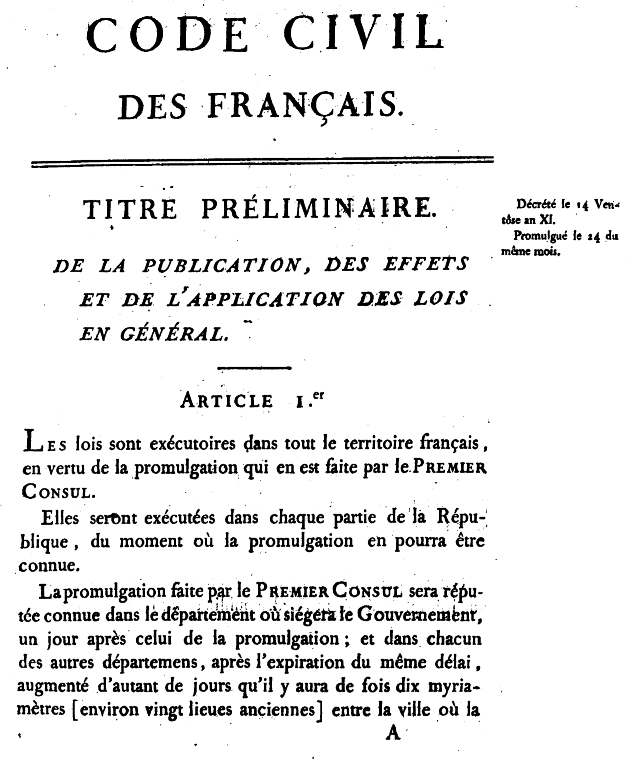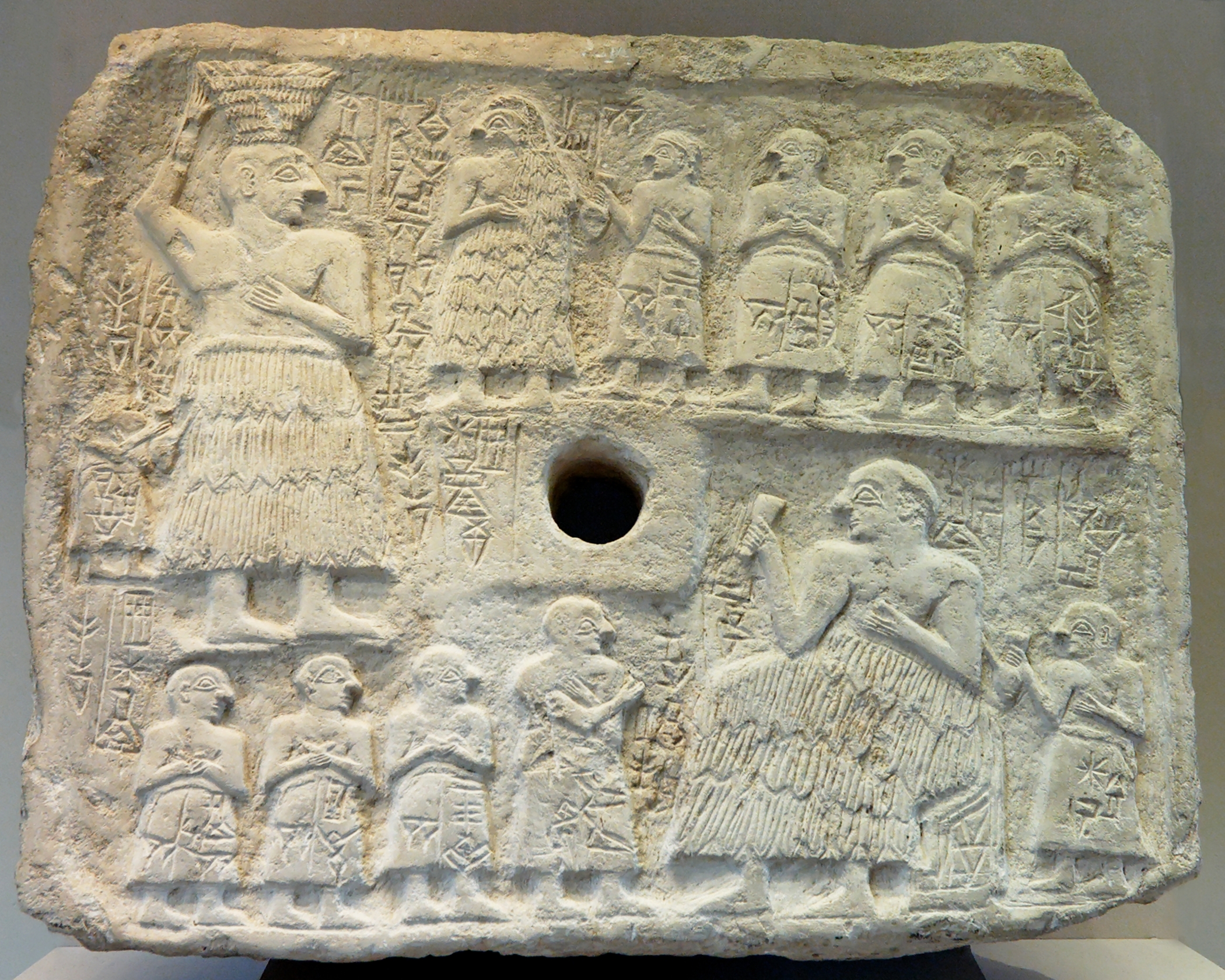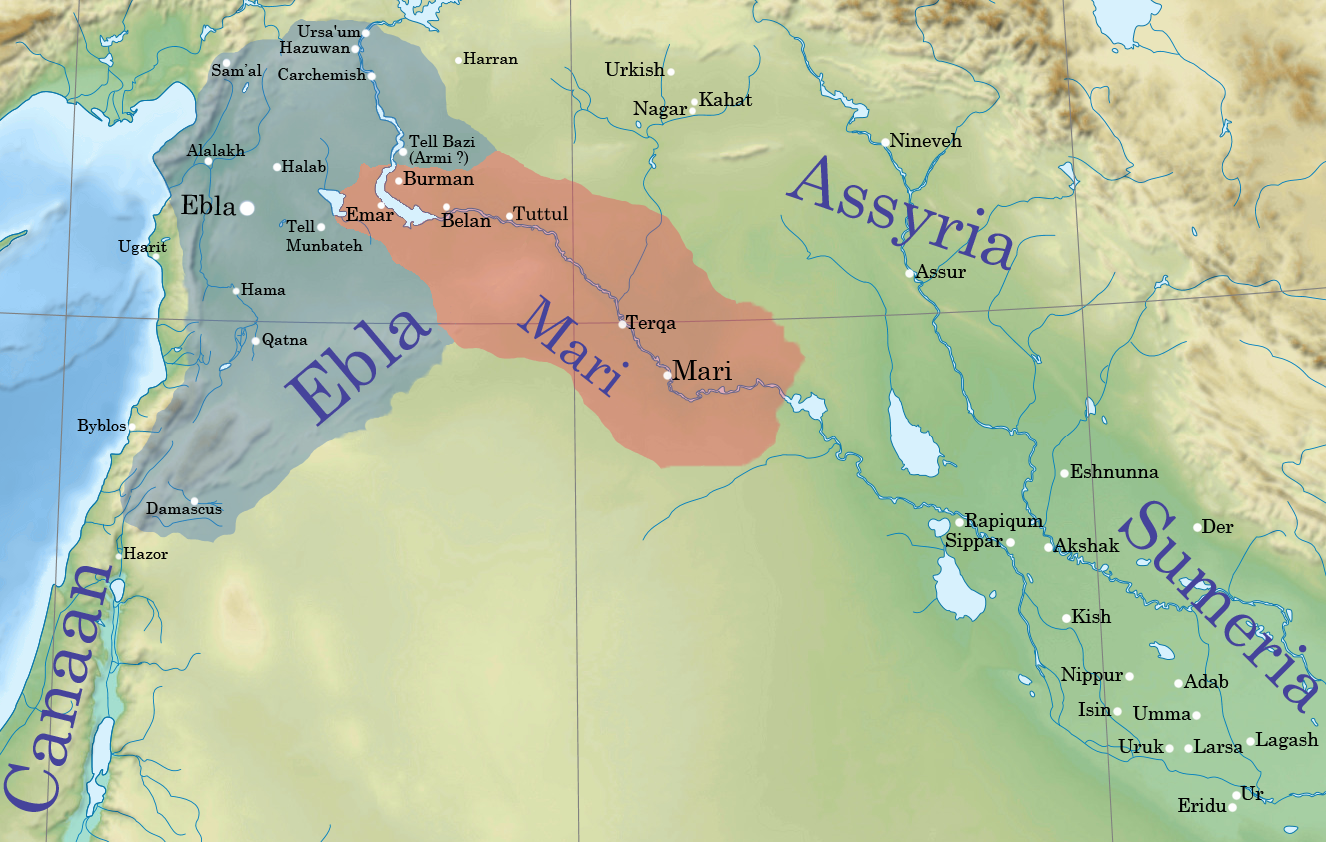|
Cuneiform Law
Cuneiform law refers to any of the legal codes written in cuneiform script that were developed and used throughout the ancient Middle East among the Sumerians, Babylonians, Assyrians, Elamites, Hurrians, Kassites, and Hittites. The Code of Hammurabi is the best-known of the cuneiform laws, but there were a number of precursor laws. Features Although they were written in several different cities and kingdoms, these early laws have a number of formulae in common. Most contain both an epilogue and a prologue, which usually explain the purpose of composing the laws, invoke divine authority, and command the reader to abide by them. They are always imposed or 'enacted' in the name of a ruler—be it a prince or king—and show no sign of being the result of legislative bodies. While many of these codes are only partially known, they still paint a fairly clear picture that enables us to learn what issues pertaining to rules were considered significant by the societies they governed in th ... [...More Info...] [...Related Items...] OR: [Wikipedia] [Google] [Baidu] |
Legal Code
A code of law, also called a law code or legal code, is a systematic collection of statutes. It is a type of legislation that purports to exhaustively cover a complete system of laws or a particular area of law as it existed at the time the code was enacted, by a process of Codification (law), codification. Though the process and motivations for codification are similar in different Common law#History, common law and civil law (legal system), civil law systems, their usage is different. In a civil law country, a code of law typically exhaustively covers the complete system of law, such as civil law or criminal law. By contrast, in a common law country with legislative practices in the English law#Common law, English tradition, codes modify the existing common law only to the extent of its express or implicit provision, but otherwise leaves the common law intact. In the United States and other common law countries that have adopted similar legislative practices, a code of law i ... [...More Info...] [...Related Items...] OR: [Wikipedia] [Google] [Baidu] |
Code Of Ur-Nammu
The Code of Ur-Nammu is the oldest known surviving law code. It is from Mesopotamia and is written on tablets, in the Sumerian language . It contains strong statements of royal power like "I eliminated enmity, violence, and cries for justice."Cos II:409 Laws of Ur-Namma Discovery The first recension of the code (Ni 3191), an Old Babylonian period copy in two fragments found at Nippur, in what is now Iraq, was translated by Samuel Noah Kramer in 1952. These fragments are held at the Istanbul Archaeology Museums. Owing to its partial preservation, only the long prologue and five of the laws were discernible. Kramer noted that luck was involved in the discovery: Two further tablet fragments (IM 85688+85689) now held at Iraq Museum in Baghdad, with no prologue or concluding formula, were found in Ur and translated in 1965, allowing some 30 of the 57 laws to be reconstructed. Two exemplars were found in Sippar. One (Si 277), held at the Istanbul Museum, bears the prologue and li ... [...More Info...] [...Related Items...] OR: [Wikipedia] [Google] [Baidu] |
Assyrian Law
Assyrian law, also known as the Middle Assyrian Laws (MAL) or the Code of the Assyrians, was an ancient legal code developed between 1450 and 1250 BCE in the Middle Assyrian Empire. (E-book edition) It was very similar to Sumerian and Babylonian law,Encarta (2007), s.vAssyria 2009-10-31. although the penalties for offenses were generally more brutal. The first copy of the code to come to light, dated to the reign of Tiglath-Pileser I (r. 1114–1076 BCE), was discovered in the course of excavations by the German Oriental Society (1903–1914). Three Assyrian law collections have been found to date. Punishments such as the cropping of ears and noses was common, as it was in the Code of Hammurabi, which was composed several centuries earlier. Murder was punished by the family being allowed to decide the death penalty for the murderer. Conjectural laws The laws listed below are excerpts from the Code of the Assyrians. The list is incomplete due to some parts of the code being un ... [...More Info...] [...Related Items...] OR: [Wikipedia] [Google] [Baidu] |
Babylonian Law
Babylonian law is a subset of cuneiform law that has received particular study due to the large amount of archaeological material that has been found for it. So-called "contracts" exist in the thousands, including a great variety of deeds, conveyances, bonds, receipts, accounts, and most important of all, actual legal decisions given by the judges in the law courts. Historical inscriptions, royal charters and rescripts, dispatches, private letters and the general literature afford welcome supplementary information. Even grammatical and lexicographical texts contain many extracts or short sentences bearing on law and custom. The so-called "Sumerian Family Laws" are preserved in this way. Other cultures involved with ancient Mesopotamia shared the same common laws and precedents extending to the form of contacts that Kenneth Kitchen has studied and compared to the form of contracts in the Bible with particular note to the sequence of blessings and curses that bind the deal. T ... [...More Info...] [...Related Items...] OR: [Wikipedia] [Google] [Baidu] |
Bilalama
Bilalama was a 20th century BCE ruler of Eshnunna, an ancient Mesopotamian kingdom located in the Diyala Valley in modern Iraq. Background It is assumed that Bilalama was a contemporary of Ishbi-Erra and Shu-Ilishu of Isin. He was the son of the previous ruler of Eshnunna, Kirikiri. The names of both Bilalama and Kirikiri are Elamite, which according to Katrin de Graef might indicate that a dynastic change occurred in the city after the reign of their predecessor . However, it is not clear if they necessarily were Elamites themselves, or if their names only reflect a high level of Elamite cultural influence on Eshnunna. Bilalama married a daughter of Abda-El, an Amorite chieftain who earlier for diplomatic reasons had his son Ušašum marry a daughter of Nūr-aḫum. Both marriages were most likely meant to guarantee positive relations between the rulers of Eshnunna and the local Amorite groups. Two children of Bilalama are known. His daughter, married king of Elam, as docu ... [...More Info...] [...Related Items...] OR: [Wikipedia] [Google] [Baidu] |
Laws Of Eshnunna
The Laws of Eshnunna (abrv. LE) are inscribed on two cuneiform tablets discovered in Tell Abū Harmal, Baghdad, Iraq. The Iraqi Directorate of Antiquities headed by Taha Baqir unearthed two parallel sets of tablets in 1945 and 1947. The two tablets are separate copies of an older source and date back to ca. 1930 BC. An additional fragment was later found at Me-Turan. The differences between the Code of Hammurabi and the Laws of Eshnunna significantly contributed to illuminating the development of ancient and cuneiform law. In distinction from the other Mesopotamian collections of law, this one got its name after the city where it had originated – Eshnunna, located on the bank of the Diyala River, tributary to the Tigris, north of Ur. Eshnunna became politically important after the fall of the third dynasty of Ur, founded by Ur-Nammu. Contents This collection of laws is not a real systemized codex; nearly sixty of its sections are preserved. The Laws are written in Akkadi ... [...More Info...] [...Related Items...] OR: [Wikipedia] [Google] [Baidu] |
Code Of Lipit-Ishtar
The Code of Lipit-Ishtar is a collection of laws promulgated by Lipit-Ishtar (), a ruler in Lower Mesopotamia. As cuneiform law, it is a legal code written in cuneiform script in the Sumerian language. It is the second-oldest known extant legal code after the Code of Ur-Nammu. As it is more detailed than that earlier code, it paved the way for the famous later Code of Hammurabi. History Historical background Lipit-Ishtar () was the fifth king of the Dynasty of Isin, which was founded after the collapse of the Third Dynasty of Ur. His father, Ishme-Dagan, is credited with the restoration of Nippur, an ancient Sumerian city located in today's Iraq. The Dynasty of Isin governed the city of Isin, also located in today's Iraq, and held political power in the cities of Lower Mesopotamia. Lipit-Ishtar himself is said to have restored peace and is praised for the establishment of a functioning legal system. Original stele The original diorite stele inscribed with the code w ... [...More Info...] [...Related Items...] OR: [Wikipedia] [Google] [Baidu] |
Neo-Sumerian
The Third Dynasty of Ur or Ur III was a Sumerian dynasty based in the city of Ur in the 22nd and 21st centuries BC (middle chronology). For a short period they were the preeminent power in Mesopotamia and their realm is sometimes referred to by historians as the Neo-Sumerian Empire. The Third Dynasty of Ur is commonly abbreviated as "Ur III" by historians studying the period. It is numbered in reference to previous dynasties, such as the First Dynasty of Ur (26-25th century BC), but it seems the once supposed Second Dynasty of Ur was never recorded. The Third Dynasty of Ur was the last Sumerian dynasty which came to preeminent power in Mesopotamia. It began after several centuries of control, exerted first by the Akkadian Empire, and then, after its fall, by Gutian and independent Sumerian city-state kings. It controlled the cities of Isin, Larsa, and Eshnunna and extended as far north as Upper Mesopotamia. The Ur III provinces, from north to south were Sippar, Tiwe, Urum, Pu ... [...More Info...] [...Related Items...] OR: [Wikipedia] [Google] [Baidu] |
Lagash
Lagash (; cuneiform: LAGAŠKI; Sumerian language, Sumerian: ''Lagaš'') was an ancient city-state located northwest of the junction of the Euphrates and Tigris rivers and east of Uruk, about east of the modern town of Al-Shatrah, Iraq. Lagash (modern Al-Hiba in Dhi Qar Governorate) was one of the oldest cities of the Ancient Near East. The ancient site of Nina (Tell Zurghul) is around away and marks the southern limit of the state. Nearby Girsu (modern Telloh), about northwest of Lagash, was the religious center of the Lagash state. The Lagash state's main temple was the E-ninnu at Girsu, dedicated to the god Ningirsu. The Lagash state incorporated the ancient cities of Lagash, Girsu, Nina. History Though some Uruk period pottery shards were found in a surface survey, significant occupation at the site of Lagash began early in the 3rd Millennium BC, in the Early Dynastic Period (Mesopotamia), Early Dynastic I period (c. 2900–2600 BC), surface surveys and excavations show tha ... [...More Info...] [...Related Items...] OR: [Wikipedia] [Google] [Baidu] |
Urukagina
Uru-ka-gina, Uru-inim-gina, or Iri-ka-gina ( ; died 2370 BC) was King of the city-states of Lagash and Girsu in Mesopotamia, and the last ruler of the 1st Dynasty of Lagash. He assumed the title of king, claiming to have been divinely appointed, upon the downfall of his corrupt predecessor, Lugalanda. He is best known for his reforms to combat corruption, which are sometimes cited as the first example of a legal code in recorded history. Although the actual text has not been discovered, much of its content may be surmised from other references to it that have been found. In it, he exempted widows and orphans from taxes; compelled the city to pay funeral expenses (including the ritual food and drink libations for the journey of the dead into the lower world); and decreed that the rich must use silver when purchasing from the poor, and if the poor does not wish to sell, the powerful man (the rich man or the priest) cannot force him to do so. He also participated in several con ... [...More Info...] [...Related Items...] OR: [Wikipedia] [Google] [Baidu] |
Ebla
Ebla (Sumerian language, Sumerian: ''eb₂-la'', , modern: , Tell Mardikh) was one of the earliest kingdoms in Syria. Its remains constitute a Tell (archaeology), tell located about southwest of Aleppo near the village of Mardikh. Ebla was an important center throughout the and in the first half of the Its discovery proved the Levant was a center of ancient, centralized civilization equal to Ancient Egypt, Egypt and Mesopotamia and ruled out the view that the latter two were the only important centers in the Ancient Near East, Near East during the Early Bronze Age. The first Eblaite kingdom has been described as the first recorded world power. Starting as a small settlement in the Early Bronze Age ( ), Ebla developed into a trading empire and later into an expansionist power that imposed its hegemony over much of northern and eastern Syria. Ebla was destroyed during the It was then rebuilt and was mentioned in the records of the Third Dynasty of Ur. The second Ebla w ... [...More Info...] [...Related Items...] OR: [Wikipedia] [Google] [Baidu] |




